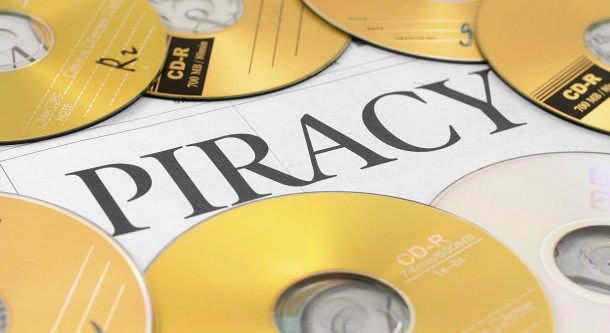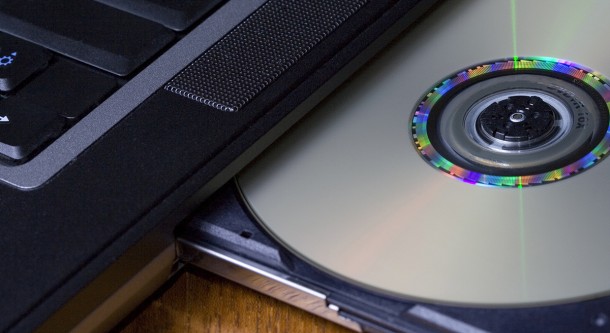Piracy of intellectual property is one of the biggest issues in the news and courts in recent years. This is obvious to anyone following the news regarding Mr. Snowden of Wikileaks, GMO patents by Monsanto, or even music downloading rights. Today's corporations creating software and different types of media also have to focus on creating the necessary tools to protect their designs.
History Of Piracy
As described on the coding horror website, software piracy has been overwhelmingly common, even since the 1970's. Bill Gates estimated his initial product – ‘ALTAIR basic' – had a piracy rate of about ninety percent among its users. This figure is obviously devastating economically to software producers. For Bill Gates at that time, this meant that the on average, for each hour of work put into the software, a person was making only two dollars. The figure of 90% was further found to be accurate across various types of software sold. This was also true for the game ‘World of Goo'. In the area of music production, fighting piracy has had many results. With the cassette tape, tabs were created which could be broken off after a recording was done. These would prevent future listeners from being able to record over the original material. CDs made music piracy ever more prominent and easy, which resulted in anti-piracy laws (such as the ‘Digital Millennium Copyright Act') and technologies. With mP3 and similar technologies, new forms of piracy became possible, such as downloading through torrents. Unfortunately, the more our technology changes the more ways there will be to steal intellectual property. Because of this, there is a constant and proportional increase in demand for new anti-pirating technologies and legal implications for those who are doing the pirating.
Security & User Experience
There are various ways in which the producers of intellectual property have taken steps towards protecting their products from being pirated. The umbrella term for technologies whose aim is the protection of intellectual property is DRM, which is the acronym for ‘Digital Rights Management'. Their function varies from restricting use to reporting illegal users. In recent years, DRM has run into a lot of hard-hitting criticism. DRM has proven to greatly increase the cost of production and to also be quite ineffective. As discussed on the ‘learn out loud' website, DRM technologies which encrypt the files on CDs are ineffective because they can be cracked relatively easily. Furthermore, there are special networks on which trading of such files occurs. These are called ‘P2P' networks. Generally, copying files off a CD is very easy and the dissemination of these files is even easier. Sometimes these technologies impede people's ability to actually use the product on their devices, greatly impacting the overall quality of the product. The impact on quality is also evident in the fact that technologies are rapidly changing. This means that in the future, systems will be made to play media which is more popular than DRM media, rendering those with this technology obsolete.
Balancing Act
The truth is that as long as people will be making attractive products, people will be trying to get them free of charge. The motivations behind this are obvious and so piracy will continue being inevitable unless something greatly changes. The better your product is though, the more likely it will be that people will end up paying for it. The price of a product will also affect how much it is pirated. Obviously, if the product is very expensive, yet in high demand, it is more likely to be disseminated for free, illegally. New types of products are emerging which are aimed at disseminating software and music for free. Just one example is Linux. Perhaps what the future holds is less piracy and more sharing.










